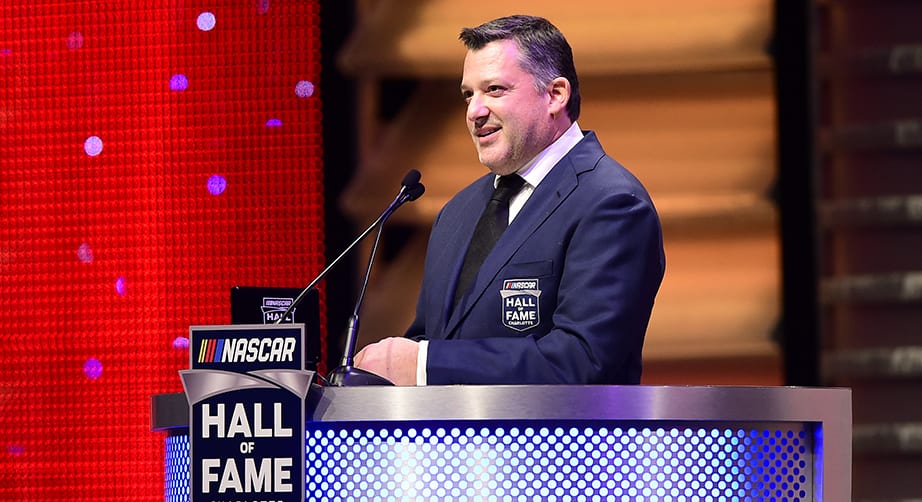Dale Earnhardt Jr. Compares NASCAR Charter Model to NFL Team Ownership
In a recent interview, NASCAR legend Dale Earnhardt Jr. drew a striking comparison between NASCAR’s charter model and ownership structures in the NFL, shedding light on the complexities and implications of team ownership in stock car racing. Earnhardt Jr., a prominent figure in NASCAR both as a driver and a commentator, provided insights into how the charter system impacts teams, owners, and the sport’s overall competitive balance.
The NASCAR charter system, introduced in 2016, was designed to provide a more stable and structured approach to team ownership and revenue distribution. Under this model, 36 charters are granted to teams, ensuring a guaranteed spot in each race for the chartered teams and providing a share of the sport’s revenue. This system was a significant shift from the previous approach, which offered less stability and more variability in team participation.
Earnhardt Jr. likened the NASCAR charter system to the NFL’s team ownership structure, highlighting both the similarities and differences between the two sports. “When you look at the NASCAR charter model, it’s not all that different from how the NFL operates with its team ownership,” Earnhardt Jr. said. “In both cases, there’s an emphasis on stability and a guaranteed spot for owners, which helps to create a more predictable environment for teams and sponsors.”
In the NFL, team owners benefit from a revenue-sharing model and have guaranteed spots in games, which ensures financial stability and competitive balance. Similarly, NASCAR’s charter system provides teams with guaranteed entry into races and a share of the sport’s revenue, aiming to stabilize the field and provide a more consistent competition environment.
However, Earnhardt Jr. also noted some key differences. “While the NFL’s model is more about creating a level playing field through revenue sharing and salary caps, NASCAR’s charter system focuses more on guaranteeing participation and providing financial stability to teams,” he explained. “In NASCAR, the emphasis is on maintaining a certain number of competitive teams and ensuring that they have a consistent presence in every race.”
The charter system has faced criticism from some quarters, with detractors arguing that it may create a barrier to entry for new teams and limit competition. Earnhardt Jr. acknowledged these concerns but emphasized that the system’s primary goal is to ensure that teams have the stability needed to compete effectively.
“The charter model has its pros and cons,” Earnhardt Jr. said. “It’s designed to provide stability and make the sport more predictable, but it also has to balance the need for competition and innovation. It’s a delicate equilibrium, and like in the NFL, it’s important to continually assess and adjust the model to keep the sport vibrant and engaging.”
As NASCAR continues to evolve, Earnhardt Jr.’s comparison highlights the ongoing debate about the best way to manage team ownership and competition. The charter system remains a key component of the sport’s structure, influencing how teams operate and compete in the ever-changing world of stock car racing.



